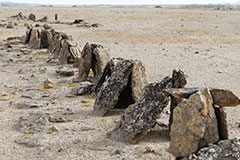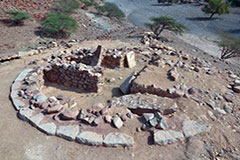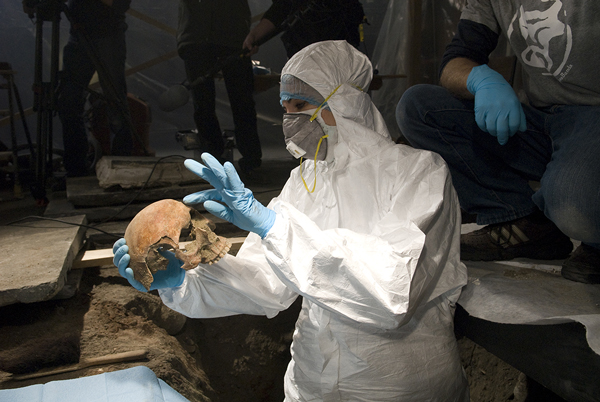Features From the Issue
-
Features
New Life for the Lion Man
Using recently uncovered fragments, archaeologists may be able to finally piece together one of the world's oldest works of art
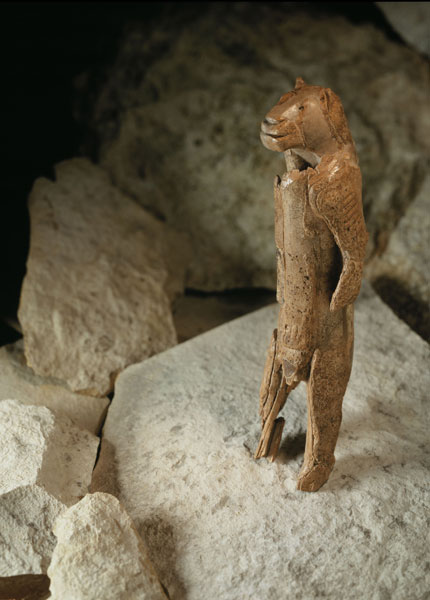
-
Features
Rome's Lost Aqueduct
Searching for the source of one of the city's greatest engineering achievements
 (Courtesy Ted O'Neill)
(Courtesy Ted O'Neill) -
Features
Saga of the Northwest Passage
Discovering evidence of an ill-fated mission in the frigid waters of the Arctic
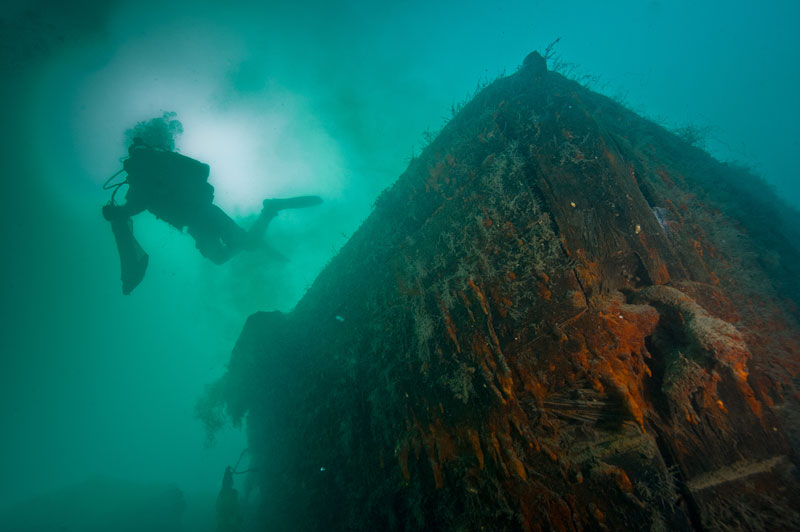

Letter from Tennessee
Letter from Tennessee
Return to the Trail of Tears
Excavations at the untouched site of a U.S. Army fort are providing a rare look at the path along which thousands of Cherokee were forcibly moved to Oklahoma
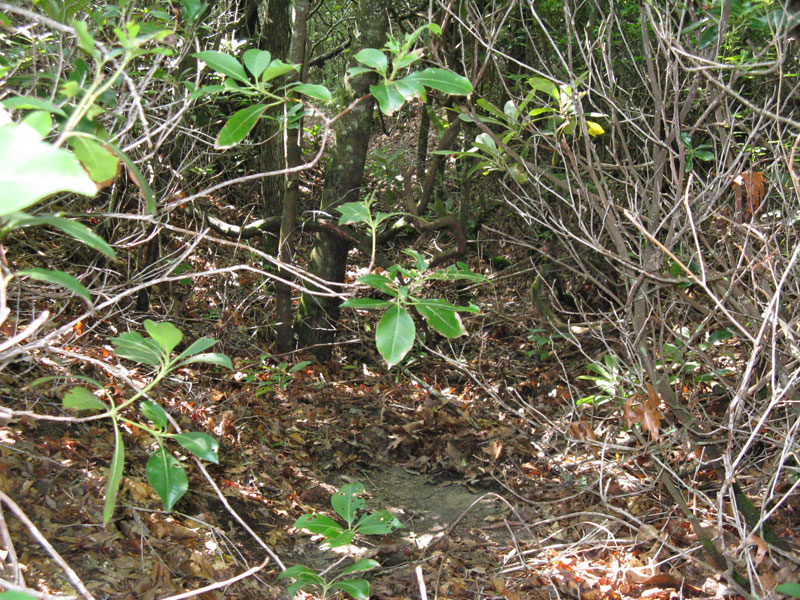
Artifact
Artifacts
Silver Viking Coin
Part of a hoard of more than 200 silver artifacts, this coin tells a surprisingly complete story about kingship at a time when Vikings from Scandinavia vied with the resident Anglo-Saxons for control of northwest England.
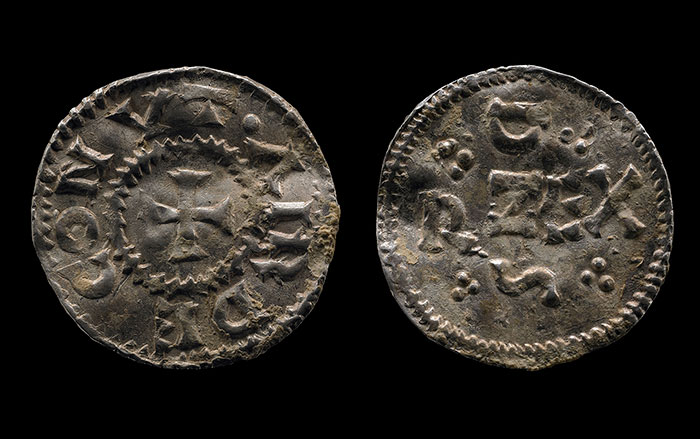
Digs & Discoveries
-
Digs & Discoveries
Dappled Horse Paintings Decoded by DNA
The Dappled Horses of Pech-Merle, in a cave in southern France, is a nearly 25,000-yearold depiction of horses with spotted coats. While spots are seen in many modern horses, they were believed to be a product of later domestication and thus would not have coexisted with humans in the Paleolithic.That belief turned out to be wrong.
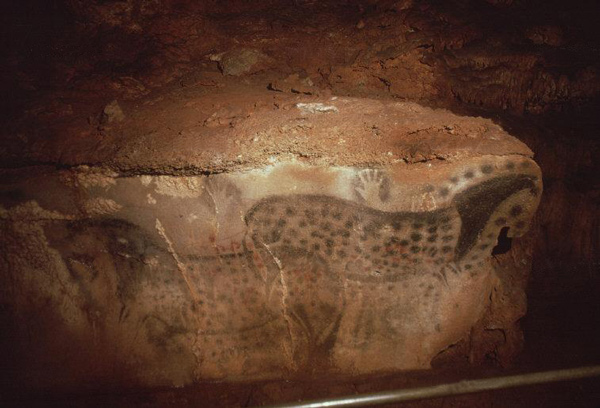
-
Digs & Discoveries
Weaving with Dog Hair

-
Digs & Discoveries
Reeling In Evidence of Early Fishing
Two 11-square-foot pits dug in Jerimalai Cave on the east end of East Timor, an island nation off northwestern Australia, have provided some of the earliest evidence of fishing technology.
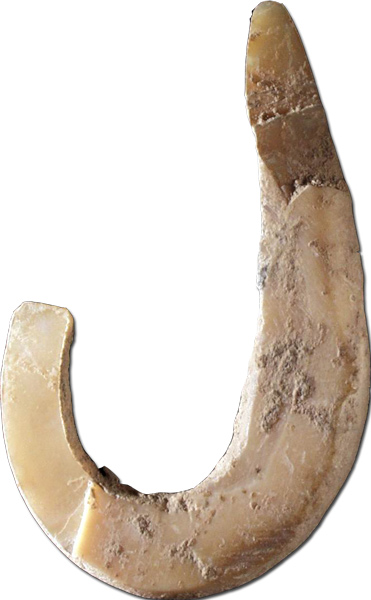
-
Digs & Discoveries
Egypt's Art Before the Pyramids
Petroglyphs found near the village of Qurta in southern Egypt have been confirmed as the first known Paleolithic artwork in North Africa.

-
Digs & Discoveries
Roman Bath Tiles
 (Courtesy Matthew Koutsoumannis)
(Courtesy Matthew Koutsoumannis) -
Digs & Discoveries
Rock Art Goes Rotten
Steve Jones, founding guitarist of the seminal punk band The Sex Pistols, squatted at 6 Denmark Street in London's West End, once home to a silversmith. Archaeologists interested in the history of antiestablishment, working-class punk music and culture have documented drawings on walls there by Sex Pistols member John Lydon (a.k.a. Johnny Rotten) in the 1970s.
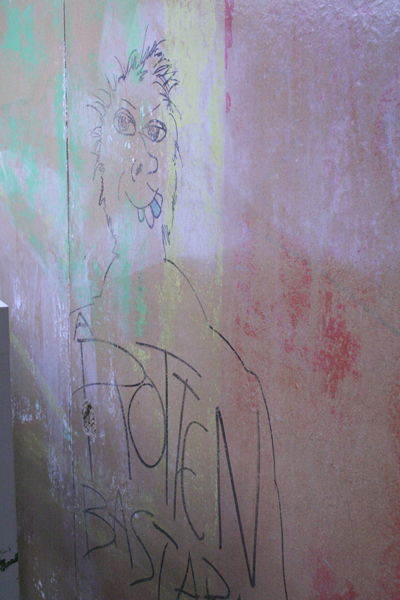
-
Digs & Discoveries
New Discoveries at Stonehenge
Stonehenge and its surrounding area continue to offer new information about how the prehistoric site was used. A ground-penetrating radar survey led by Vincent Gaffney of the University of Birmingham has revealed evidence of two large pits that, when viewed from the Heel Stone, a small standing stone near the entrance to the site, align with sunrise and sunset on the summer solstice.

-
Digs & Discoveries
Under the Pyramid of the Sun
Archaeologists working in a tunnel beneath Teotihuacan's Pyramid of the Sun have unearthed two caches of artifacts that may have been meant to consecrate the massive building's construction around a.d. 200.
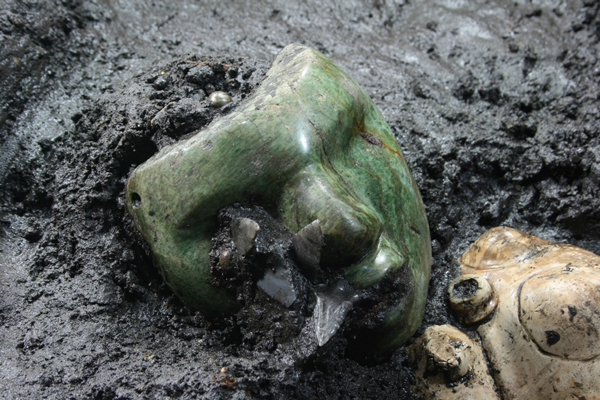
-
Digs & Discoveries
The Vikings' Crystal Compass?
A transparent calcite crystal found 30 years ago on a ship that sank in the English Channel in 1592 could help explain how Vikings were able to sail from Norway to North America 1,000 years ago without magnetic compasses.

-
Digs & Discoveries
French Femme
Inside a kiln whose roof had collapsed, archaeologists excavating at the site of Villers-Carbonnel on the banks of the Somme River in northern France, uncovered a rare terracotta female figurine.
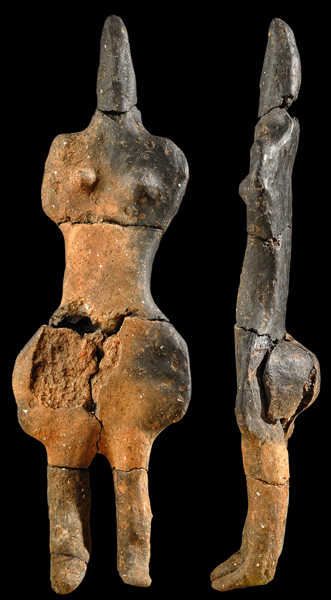
Off the Grid
Off the Grid March/April 2012
Joya de Cerén, El Salvador
Around a.d. 630, in western El Salvador, the volcano Loma Caldera erupted, burying the buildings, roads, and fields of a Maya farming community in up to 20 feet of ash. As with other cities and villages that have suffered this fate, this town, today affectionately known as Joya de Cerén ("the jewel of Cerén") is incredibly well preserved.
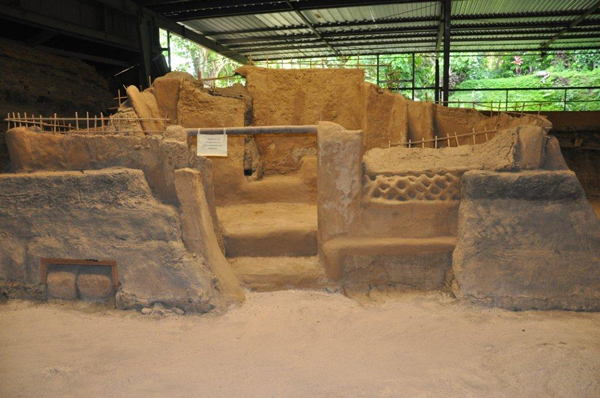
Around the World
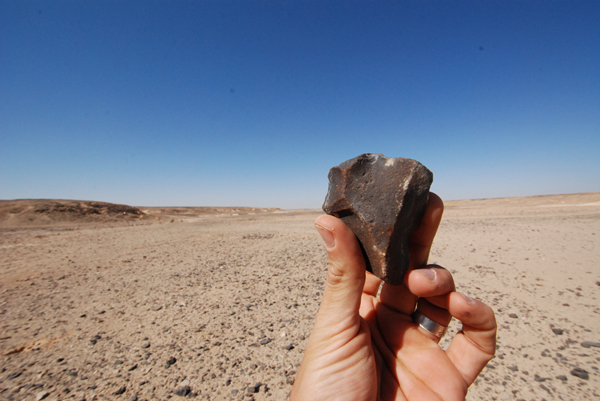
OMAN

OMAN: It's often thought that modern humans emerged from Africa through the Arabian Peninsula by hugging its shores, which may have protected them from swings in climate. However, 100,000-year-old stone tools found in the Dhofar Mountains suggest that some people traveled over the now arid—though once wet—interior. The find adds another layer of complexity and understanding to the path that modern humans took on their way around the world.
Related Content

SWITZERLAND

SWITZERLAND: High-end Swiss watchmaker Hublot has created a wrist-mounted version of the Antikythera Mechanism, the mysterious 2,000-yearold astronomical machine recovered from a Greek shipwreck in 1901. It contains 495 precision elements in a 3x4-centimeter package. The manufacturers claim that it is the first watch inspired by an archaeological finding. Would a wrist-mounted sundial count?
Related Content
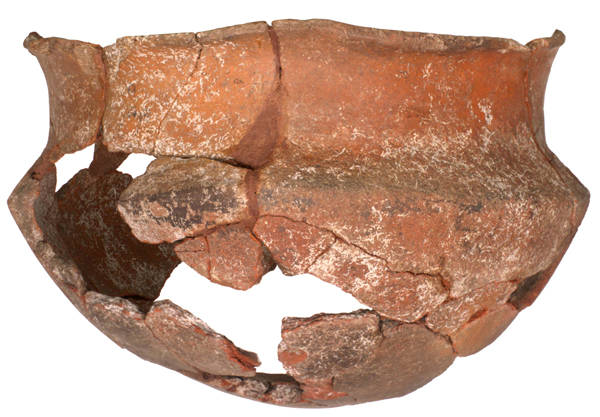
PAPUA NEW GUINEA

PAPUA NEW GUINEA: The seafaring Lapita, who settled the South Pacific more than 3,000 years ago, were not thought to have lived in Papua New Guinea. Findings from a new dig there have overturned that idea. The remains of several villages, including stone tools, shell ornaments, and thousands of pottery fragments have been discovered. The site is both unusually deep—including pre- and post-Lapita sequences—and perhaps the largest Lapita landscape yet discovered. According to researchers, the site opens a whole new chapter in Pacific history.


